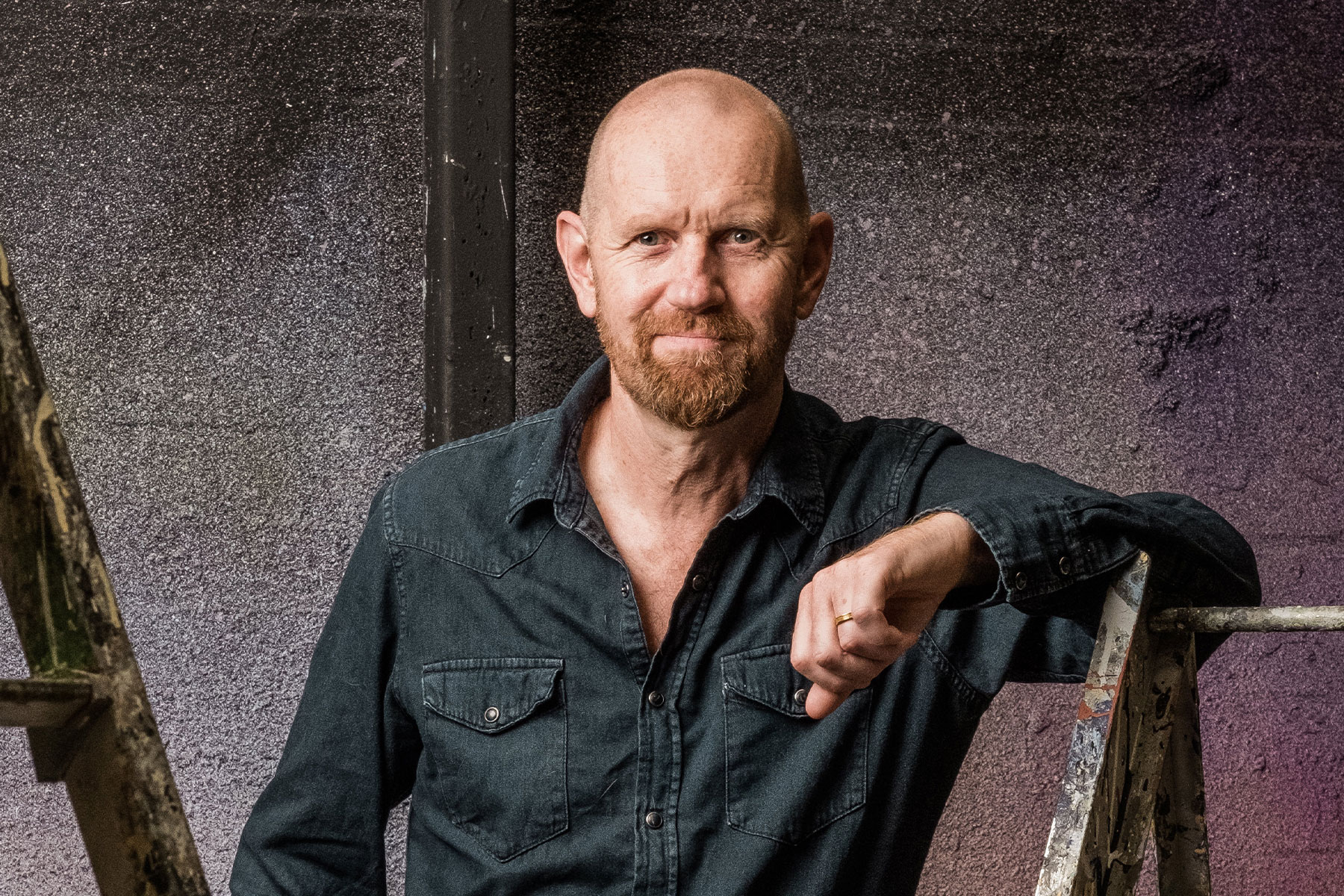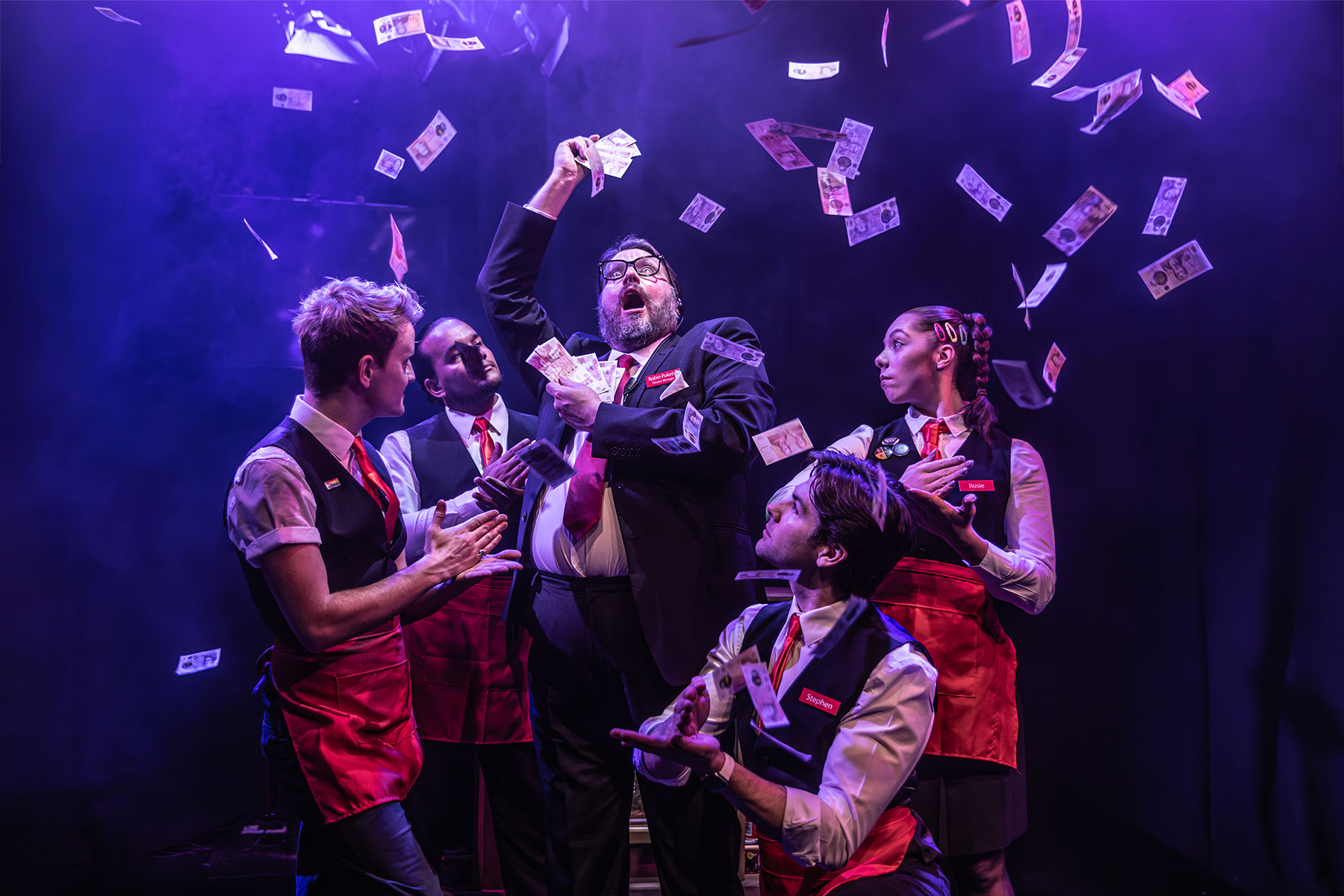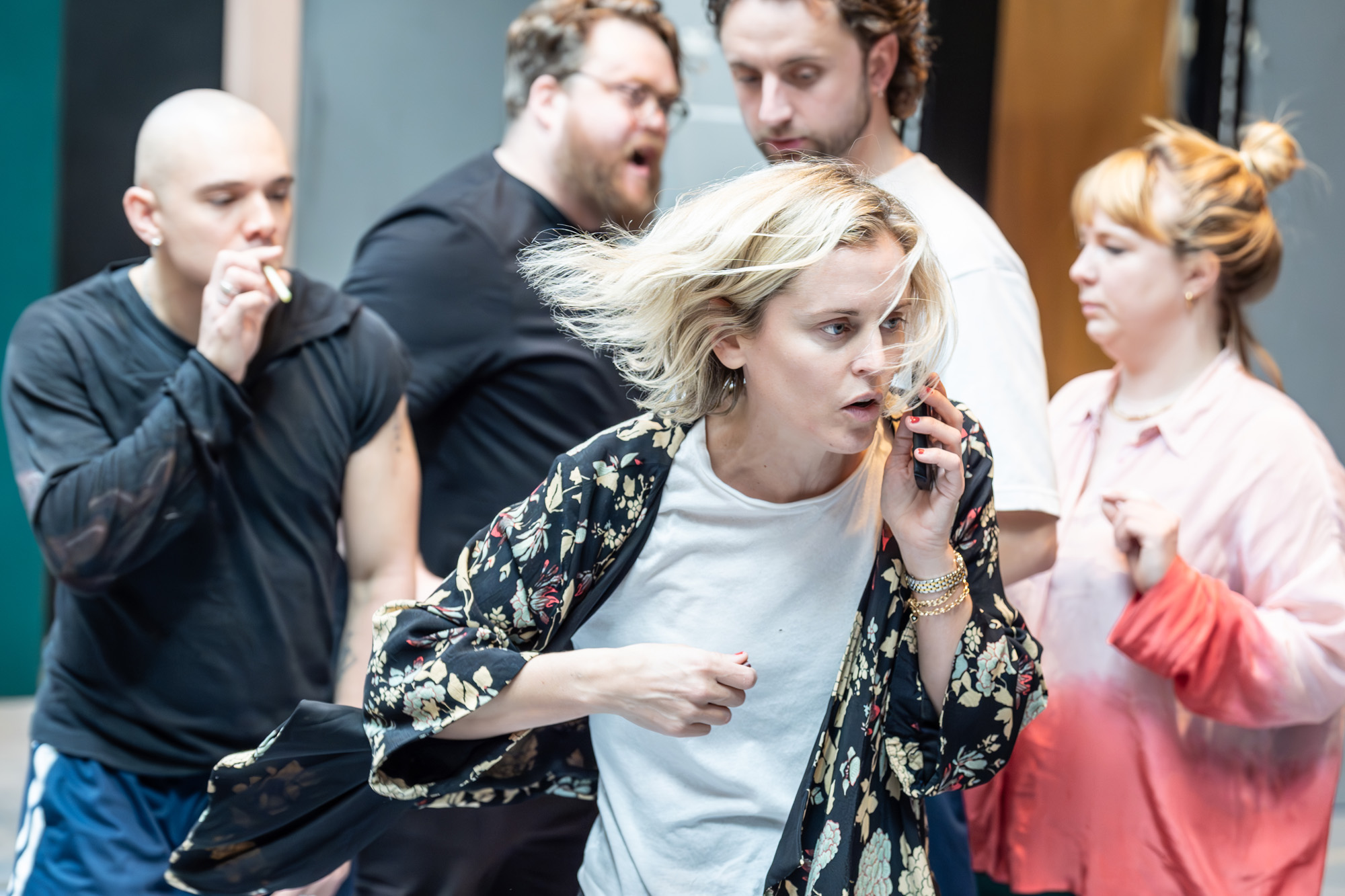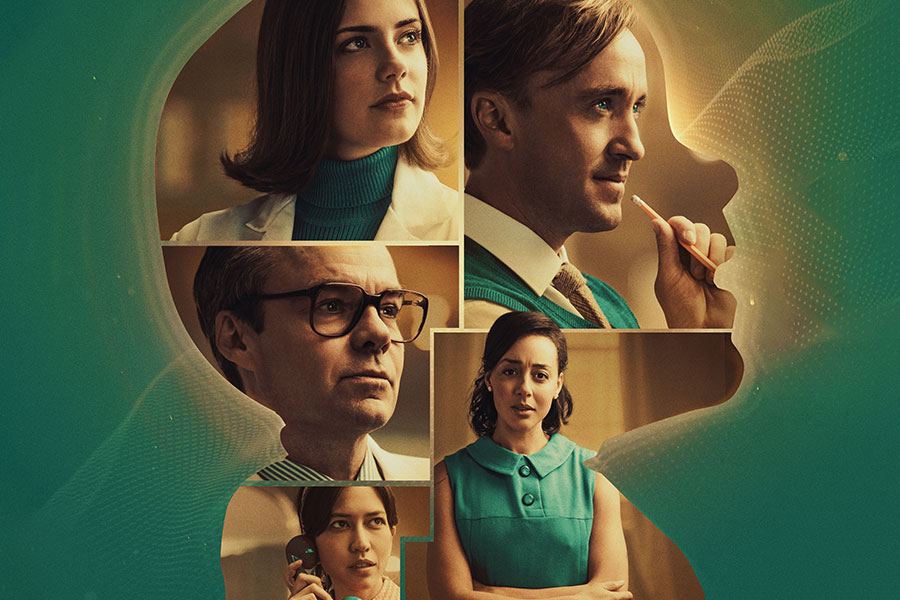Mariinsky Ballet – Swan Lake, Homage to Balachine, The Sleeping Beauty
Mariinsky Ballet
Swan Lake, Homage to Balanchine, The Sleeping Beauty
Covent Garden
Two hits out of four is not a bad result, except, that is, if you’re the Mariinsky Ballet. The Russian troupe is one of the biggest and best in the world, with a history to be revered and more good dancers than most other troupes put together. However, on its visit to the Opera House this month, only two of its four programmes justified the ticket price, while the other two left you wondering if this really was the company that everyone raves about.
Admittedly, the Mariinsky’s Swan Lake (7-11 August) and its Balanchine mixed bill (12-13 August) were so good it’s tempting to overlook its so-so Sleeping Beauty (14-15 August) and Romeo and Juliet (3-6 August).
The company’s Balanchine programme was especially good, with Serenade, Rubies and Symphony in C danced with considerable dazzle. Vladimir Shklyarov was sensational in Rubies, as was Uliana Lopatkina in Symphony in C, while the corps in Serenade had an almost unbearable longing, as if the dancers had been waiting for Balanchine all their lives – which they sort of have.
The Russian-born choreographer trained at the Mariinsky before the Revolution, only to flee the Soviet Union to dance in Europe, and then to work in America where, at New York City Ballet, he re-made choreography for the modern age. Only recently has the Mariinsky danced his ballets (he was persona non grata during the Cold War era), but his style is strangely spot-on for them despite being made for different dancers half a world away.
The Mariinsky’s Swan Lake is also flawless. Few ballet companies are as good at the Act II lakeside scene, where row after row of perfectly drilled, perfectly unified swan maidens move as one before your eyes. Dressed in bridal white tutus, the unison produces a powerful effect, with their multiplied feminine perfection almost dizzying your vision.
Uliana Lopatkina is the Mariinsky’s Queen Bee, and she was entirely convincing as the opening night White Swan. Her Black Swan was less assured – the shape-shifting temptress needs a whiplash quality, a sort of erotic malice, which Lopatkina lacks, although no-one is complaining as her White Swan legato is so good.
As I say, these marvels almost make you forget the Mariinsky’s Sleeping Beauty and Romeo – almost, but not quite. As mentioned in a separate review, the company’s Romeo is a creaky pantomime that looks silly to modern eyes, while its Sleeping Beauty feels scrimped.
There’s no logical reason for this. Back in 1999, the Mariinsky went to considerable expense recreating the original Beauty made for the company back in 1890. It came to London in 2001, and there was widespread raving at the production. Bafflingly, that’s been junked in favour of Konstatin Sergeyev’s much less good 1952 production. The result is a disappointing three hours, not helped by the fact that on opening night most of the cast were humble members of the corps de ballet. Only Princess Aurora (Evgenia Obraztsova) and Prince Desire (Igor Kolb) were of principal rank, and she looked distracted and he looked strained.
Which goes to show what we already know – which is even the best ballet companies need constant care and endless effort to keep the classics relevant and audiences on-side. They also need sound judgment from their management, which on the evidence of this visit looks half missing from the Mariinsky.










